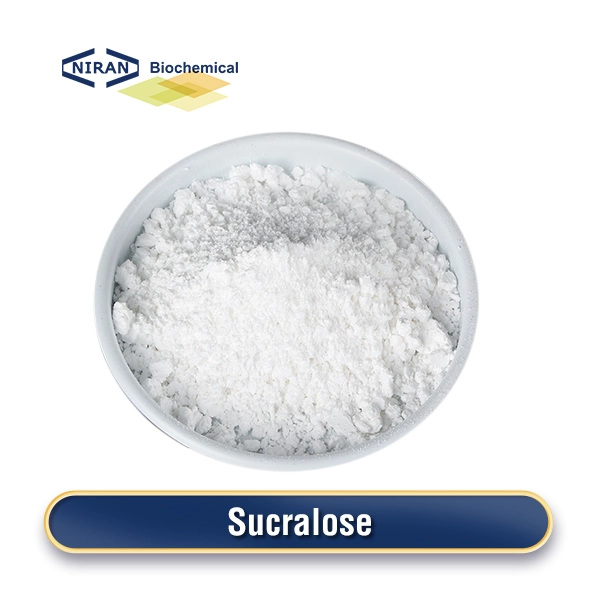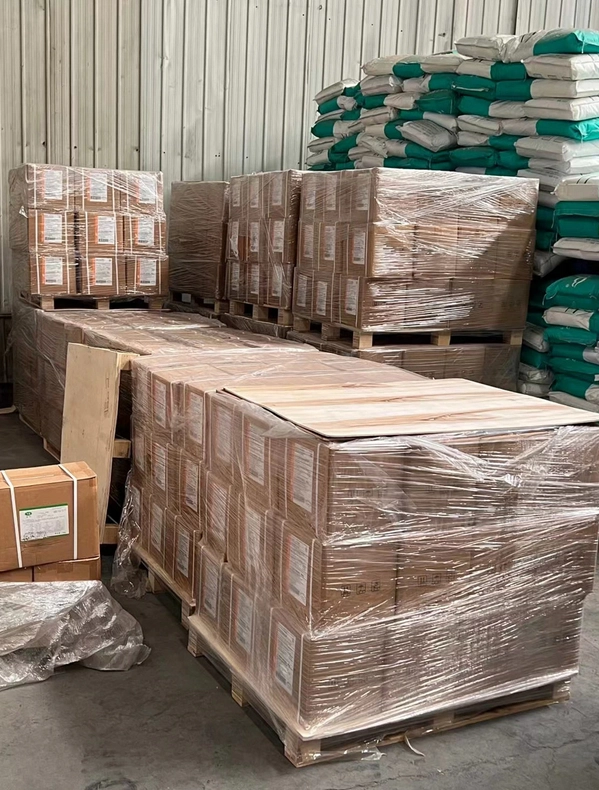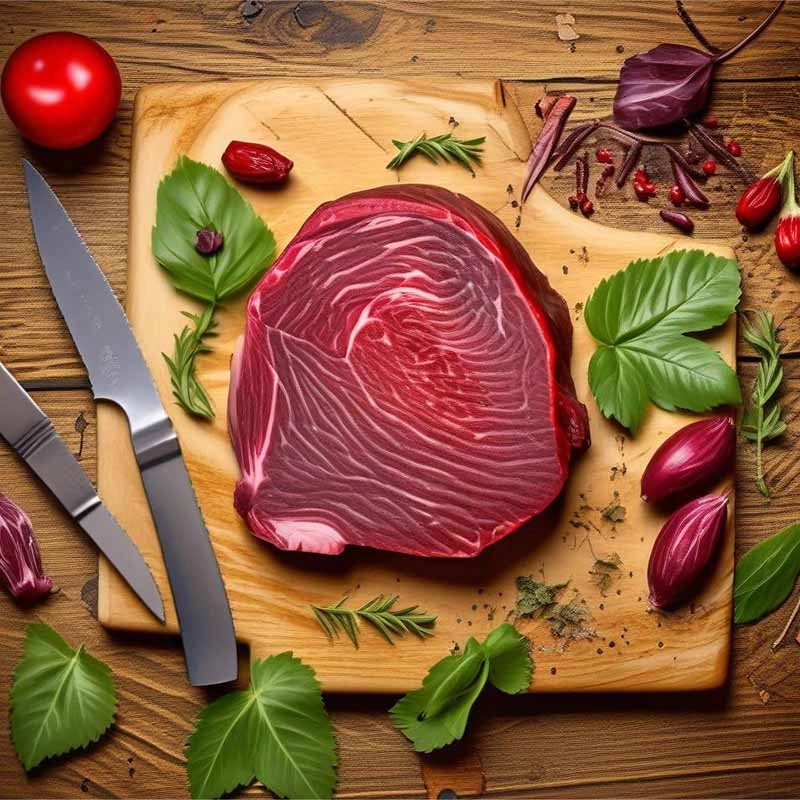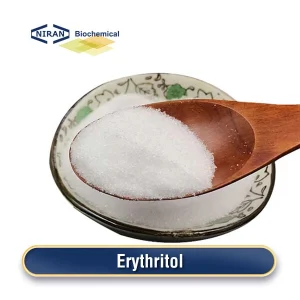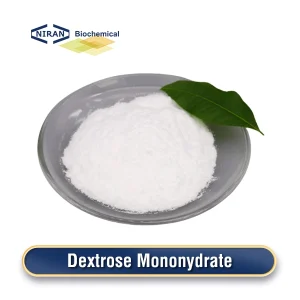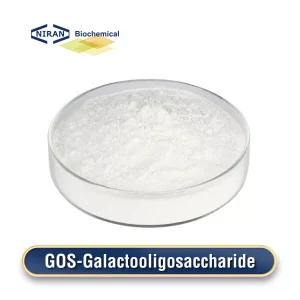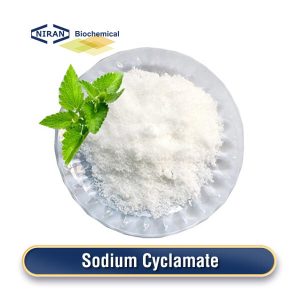What is Sucralose?
Sucralose is the only functional high-intensity sweetener made from sucrose. It looks like white crystalline powder, has a high stability, and is extremely resistant against heat, light, and acidity. It dissolves readily in ethanol, methanol, and water. It is widely used in food, medicine, chemical industry, and other industries.
The main methods for producing sucralose in China include traditional chlorination, selective chlorination, enzymatic synthesis, and green chemistry.
The traditional chlorination method uses chlorination reagents to chlorinate sucrose. The operation is simple, but there are many by-products and the purification process is complicated.
The selective chlorination method protects the hydroxyl groups that do not need to be chlorinated and selectively chlorinates the target hydroxyl groups. It has few by-products and high product purity. It is the current mainstream method. Large-scale production yields good economic benefits despite the high cost.
Enzymatic synthesis uses the catalytic action of enzymes to convert sucrose into sucralose. It has the advantages of green environmental protection and mild reaction conditions, but it is less used in industrial applications due to the high cost of enzymes.
The green chemistry method uses environmentally friendly reagents and optimizes reaction conditions to reduce environmental pollution and improve production efficiency, but the technology is still in the research and development stage and has limited industrial applications.
In summary, the selective chlorination method has become the main method for domestic sucralose production due to its high product quality and relatively controllable production costs.
Related parameters:
| Items | Standards |
| PH | 5.0~7.0 |
| Specific rotation[a]D20 | +84.00~ +87.50 |
| Methanol | Maximum 0.1% |
| Assay(on dry base) | 98.0%~102.0% |
| Water | Maximum 2% |
| Residue on ignition | Maximum 0.7% |
| Related substances | Maximum 0.5% |
| Triphenylphosphine Oxide | Maximum 150 ppm |
| Hydrolysis products | Maximum 0.1% |
| Heavy metals(as Pb) | Maximum 10 ppm |
| Arsenic(as As) | Maximum 3 ppm |
| Lead | Maximum 1 ppm |
| Yeasts and Molds | Maximum 50cfu/g |
| E. Coli | Negative |
| Salmonella | Negative |
Recommended dosage
| Food name | Maximum usage(g/kg) |
| Carbonated drinks | 0.6 g/kg |
| Fruit drinks | 0.5 g/kg |
| Dairy drinks | Dairy drinks |
| Yogurt | 0.5 g/kg |
| Candy | 0.8 g/kg |
| Chocolate | 0.5 g/kg |
| Cake | 0.4 g/kg |
| Jam | 0.6 g/kg |
| Salad dressing | 0.4 g/kg |
| Soy sauce | 0.3 g/kg |
| Seasoning sauce | 0.5 g/kg |
| Pickled food | 0.3 g/kg |
| Canned food | 0.4 g/kg |
| Bread | 0.4 g/kg |
Sucralose has a wide range of uses
Sucralose has a wide range of uses Sucralose is a high-intensity sweetener widely used in multiple industries. The following are its specific applications in the food, chemical, cosmetics and other industries:
1. Food Industry
Sucralose is widely used in various beverages and foods in the food industry. It is commonly used in carbonated beverages, juices, tea beverages and dairy products to provide sweetness without adding calories, meeting consumers’ demand for low-sugar and low-calorie foods. In baked goods, sucralose is used in bread, cakes, biscuits and other desserts because it can maintain a stable sweetness during high-temperature baking.
In addition, it is also used in candies, ice cream, jellies and jams to provide long-lasting sweetness and good taste without adding calories.
2. Chemical Industry
In the chemical industry, sucralose is used to produce various low-sugar and sugar-free food additives as a substitute for other high-calorie sweeteners. It is also used in pharmaceutical processes and is added to cough syrups, vitamin supplements and other medicines to improve the taste of medicines and increase patient compliance.
The chemical industry also uses the stability of sucralose to apply it to different processing techniques to ensure that the product maintains its sweetness properties under various environments.
3. Cosmetics Industry
Sucralose is mainly used in oral care products and cosmetics in the cosmetics industry. In oral care products such as toothpaste and mouthwash, it is used as a sweetener that does not promote tooth decay. In lipstick, lip gloss and other lip cosmetics, sucralose is used to provide sweetness and enhance the user experience.
In addition, it is also added to some skin care products and washing products to improve the overall sensory attributes of the product.
4. Catering Service Industry
The catering service industry widely uses sucralose to make sugar-free and low-sugar foods and beverages. In cafes and teahouses, sucralose is used to make sugar-free coffee, tea and other drinks to provide customers with healthy sweet options. In restaurants and hotels, sucralose is used to make sugar-free desserts and condiments to meet customers’ needs for low-sugar, low-calorie diets. It is also used as a sugar substitute option on the table for customers to add to drinks or food on their own.
5. Pet food industry
Sucralose is also used in the pet food industry, especially in making low-sugar pet snacks. It provides sweetness while controlling calories, meeting pet owners’ requirements for a healthy diet for their pets. By adding sucralose, pet food can not only appeal to pets’ taste, but also help control pets’ weight and health.
User asked question:
Q: What are the advantages of sucralose over aspartame?
A: 1. Sweetness characteristics: The sweetness of sucralose is relatively closer to sucrose, with better sweetness quality and taste, and is not easy to produce bitterness or metallic taste. Aspartame has a strong sweetness but some people may feel some bitterness.
2. Stability: In a wide pH range, sucralose is relatively stable and is not easily affected by acid, alkali or high temperature. Aspartame may lose some of its sweetness in an acidic environment.
3. Thermal stability: Sucralose does not readily break down or lose its sweetness with cooking or heating. In contrast, aspartame may degrade in a high temperature environment, affecting its sweetness effect.

